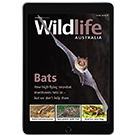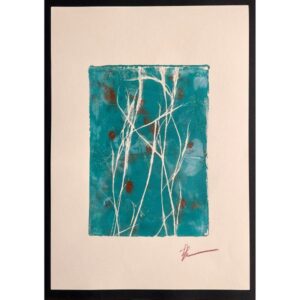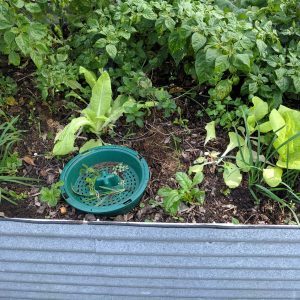Description
Conservation ‘greats’ work to save the greater glider
AUSTRALIA’S EXTRAORDINARY glider species need help, urgently. So urgently that we watch with great interest the latest Australian Wildlife Society and Wildlife Queensland collaboration to fund a new greater glider project.
Australia’s unique gliding marsupials are seriously on the decline — with two species of greater gliders recently listed as endangered under the Queensland Nature Conservation Act — rapidly approaching a population precipice that even they cannot glide over.
Recognising the seriousness of the gliders’ plight, NSW-based Australian Wildlife Society (AWS) and Wildlife Queensland have reasoned that by working together they have a greater chance of succeeding — and in time to avoid disaster.
This is more than just a ‘step-up’ in badly needed support for the struggling greater gliders of South East Queensland, where development and poor land management practices are driving the embattled greater glider into dangerously reduced — and often unsuitable — habitats.
This is a conservation battle plan that enlists the strengths of both organisations to empower the type of success that is vital for the survival of Australian gliders in the wild. In this case, AWS initially contributed $10,000 to Wildlife Queensland’s new greater glider project — Save Gizmo and her Greater Glider Family, raising $100,000 — and Wildlife Queensland already has the scientific programs in place, such as its Queensland Glider Network, plus ‘boots on the ground’ with project leaders established to guide volunteer teams and landowners.
AWS has also chosen the greater glider as the organisation’s ‘2024 Wildlife of the Year’ to raise the gliding marsupial’s profile, encourage better conservation outcomes, and provide additional support to ensure gliders’ survival.
This collaboration demonstrates the power of combining supporter groups to a common cause, raising funds while turning up the volume to government decision makers.









